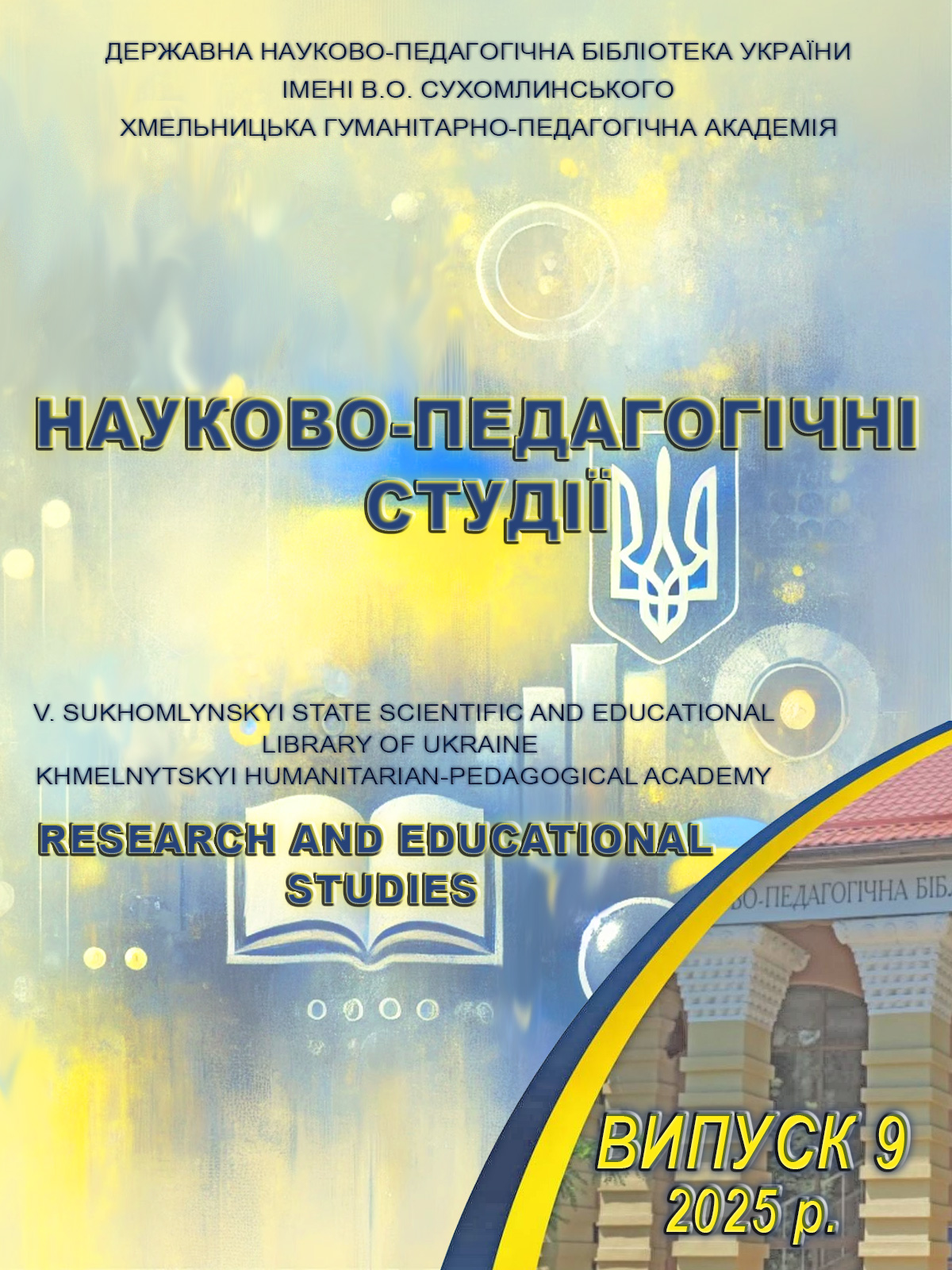A Female Educator in Modern Ukraine: Numbers, Professionalism, and Visual Image through the Lens of Gender
Abstract
This article explores the formation of the female teaching workforce in early 20th-century Ukraine. The relevance of the topic is grounded in the need to examine the historical context of gender aspects within the educational sector during the modern era, particularly in light of contemporary transformations. The sources used to reconstruct the composite portrait of female educators include administrative correspondence between the trustee of the Kyiv Educational District and the heads of subordinate educational institutions.
The study demonstrates that the expansion of primary and secondary education in modern Ukraine led to a significant increase in the number of women employed as teachers and class supervisors. The feminization of schooling emerged as a distinct social phenomenon, while administrative leadership positions remained exclusively male. Supervisors generally evaluated the professionalism of their female subordinates positively, noting their diligence, patience, and educational and cultural potential. Concerns primarily related to the young age of many candidates, which administrators sought to offset either by setting a minimum age of 25 or by requiring prior teaching experience. The optimal level of professional competence for female educators was defined as the “ability to manage a classroom” – that is, practical mastery of teaching methods and the development of individual pedagogical skills. A change in marital status, particularly marriage, was perceived as a potential obstacle to a woman’s professional reliability. Supervisors reported various disciplinary violations committed by married female teachers, which disrupted the educational process.
The article reveals that although the idea of gender equality in rights and responsibilities among educators had begun to emerge in the early 20th century, it had not yet become dominant among education officials. Many administrators – either consciously or subconsciously – judged female educators primarily based on their visual appearance (including dress, manners, and overall demeanor), which they associated with the women’s moral character and professional attitude. The ideal female educator was portrayed as one who was devoted to her work, morally upright, politically trustworthy, and well-presented.
Copyright (c) 2025 Oksana Drach, Inna Hubenko

This work is licensed under a Creative Commons Attribution-NonCommercial-ShareAlike 4.0 International License.




